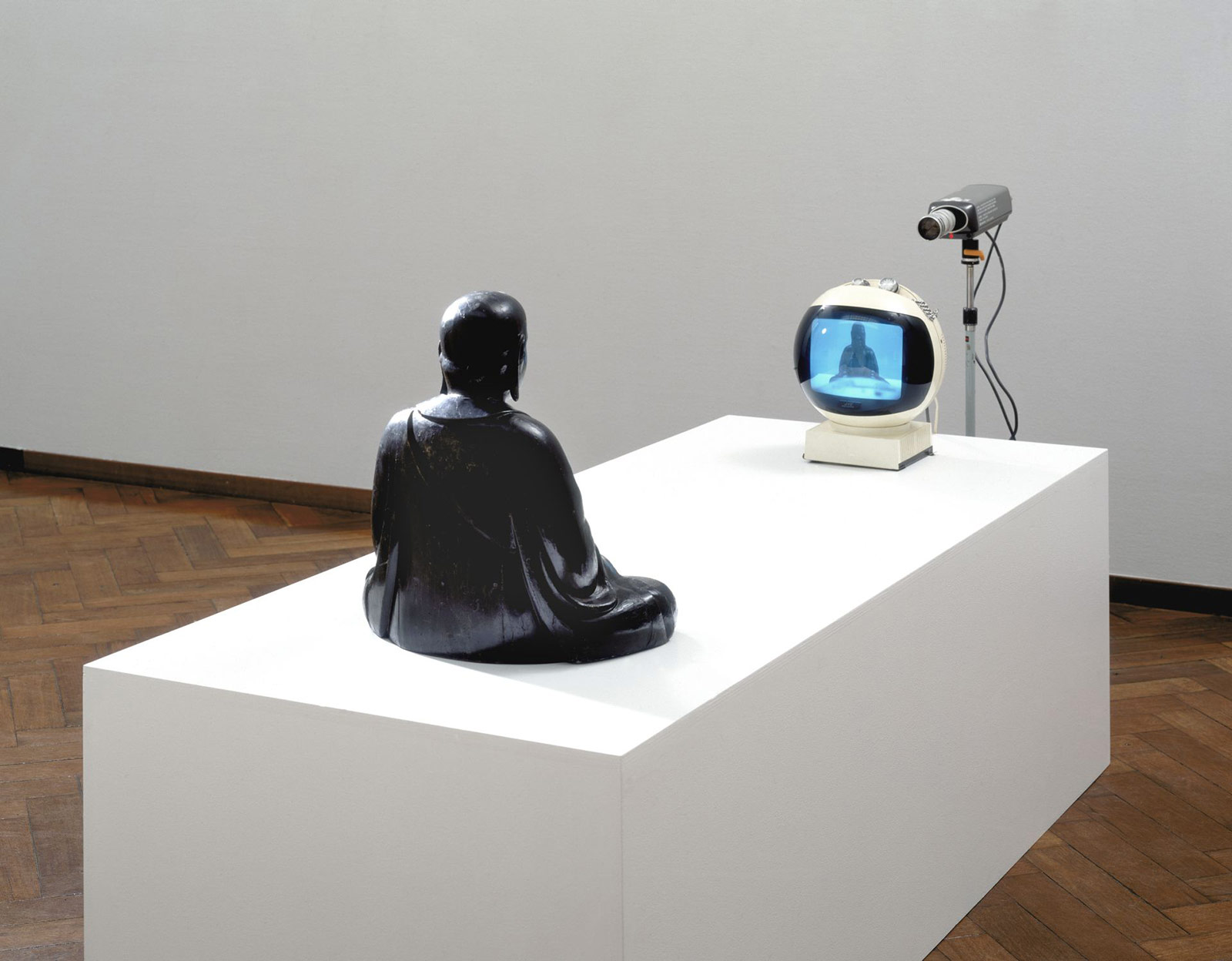 Scroll
Scroll
Time Well Spent
December 1st, 2021 | Issue one hundred thirty-eight
It’s often said that we live in an attention economy. Various media and technology corporations—whether it’s Instagram, HBO, Spotify, or Twitter—are in constant competition for our attention, and not only against other media; the CEO of Netflix once said that its primary rival was sleep. But these companies are not the first to stake a claim on our attention—artists have long known how to solicit, capture, and repel the attention of their audiences. Attention is how we process things that are new and surprising, or intriguing and difficult—a fact artists must be aware of. Our attention might be compelled by a catchy pop-music melody or a delightfully colorful painting, but it’s also what we summon to persevere through a piece of dissonant experimental music or a lengthy film. We often give our attention to what pleases us, but we don’t give it only to easy sources of pleasure: we give it in order to understand, to ask questions, to wonder.
The phrase attention economy poses attention as a commodity to be portioned off and sold, usually on the internet. (We also say that attention is something to be “paid.”) But maybe attention is more a state of mind, akin to happiness or disgust, than a currency. It’s a feeling, a state of alertness that we can choose to enter, forestalling judgment for the sake of gathering information. The best artists coax us into this state, then manipulate that focus. John Cage, whose compositions strain our attention—like his famously silent “4'33"”—was well aware that sustained concentration over time can change and deepen perception. “If something is boring after two minutes, try it for four. If still boring, try it for eight, sixteen, thirty-two, and so on,” he wrote. “Eventually one discovers that it’s not boring at all but very interesting.”
Now, spending just thirty-two minutes looking at a single screen would be considered an accomplishment. We scroll on our phones while watching Netflix, or watch Netflix while scrolling on our phones. When I find myself falling into this toggling routine, I try to remember that technology can also push us toward other forms of durational attention. Artists like Cage, Nam June Paik, and Christian Marclay pioneered these forms, provoking ambivalence rather than addiction in their audiences. The nine works below explore some of the possibilities for new forms of engagement. Each uses our attention in a different way, demanding a lot or a little of it, but always deliberately.
You have reached your article limit
Sign up for a digital subscription and continue reading all new issues, plus our entire archives, for just $1.50/month.
Already a subscriber? Sign in




